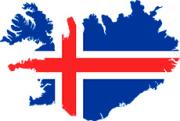
Category:
Time:
Global warming is one of the major threats to sustainable development, and recent global political decisions aim at keep global warming within 2oC, although this target is technically and politically very difficult to achieve. The EU has clear objectives of reducing emissions of greenhouse gases (GHG) from the energy sector as well as transport, housing and agriculture. Globally, agriculture and land use changes contribute 24% of global emissions, and livestock is estimated to contribute 15%.
Emissions of GHGs from livestock originate from emissions during production of the feed, during digestion (enteric fermentation) and from the storage and handling of manure. The emissions from feed production are related to changes in stocks of carbon in vegetation and soil, and here particularly large emissions may originate from conversion from natural vegetation to farmland or when cultivating peatlands. There are also emissions of nitrous oxide (a potent GHG) from the application of nitrogen in fertilizer and manure. Ruminant livestock have particularly large emissions of methane (another potent GHG) from anaerobic digestion of feed in the rumen. Anaerobic storage of manure (e.g. as slurry) leads to emissions of methane, whereas other types of storage may also lead to nitrous oxide emissions.
In general, a substantial proportion of global livestock emissions originate from ruminant livestock, because they emit methane from enteric fermentation and have lower lifetime production efficiencies than monogastric animals (pigs and poultry). Emissions can be reduced by improving production efficiency and by technological and management measures that target individual emissions. Such measures include stopping drainage and cultivation of peatland, changing feedstuffs and using additives to reduce enteric methane (e.g. nitrate in the feed), using technologies that reduce methane from manure (e.g. biogas or acidification) and reducing nitrous oxide from applied fertilizers and manure by adding nitrification inhibitors.
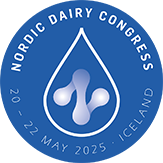






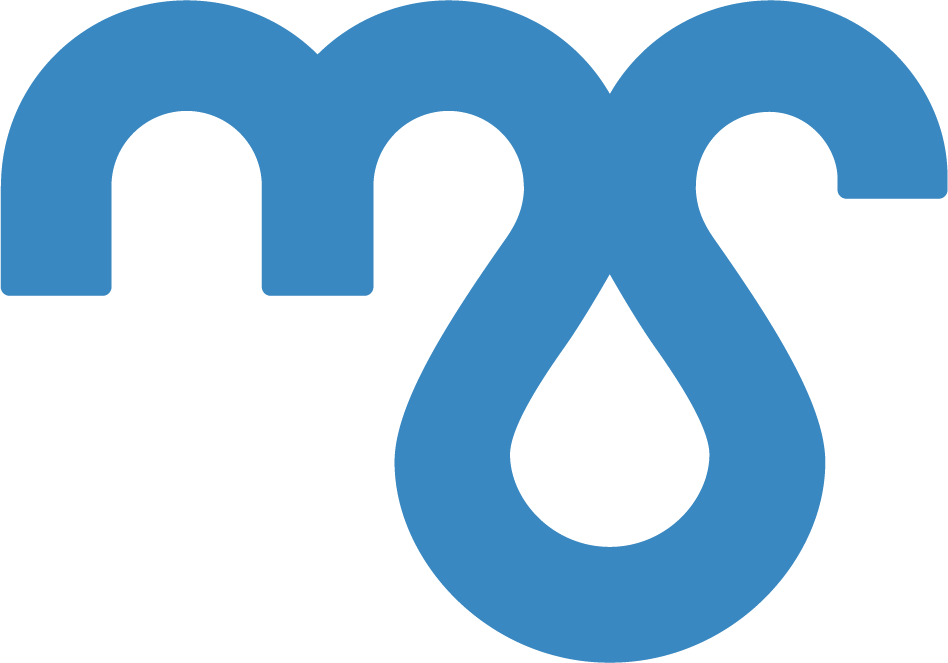

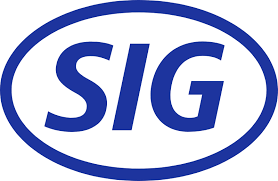




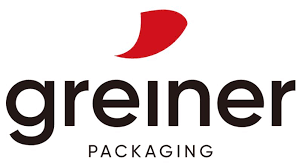
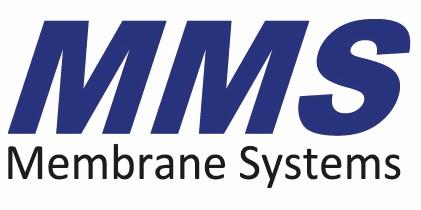


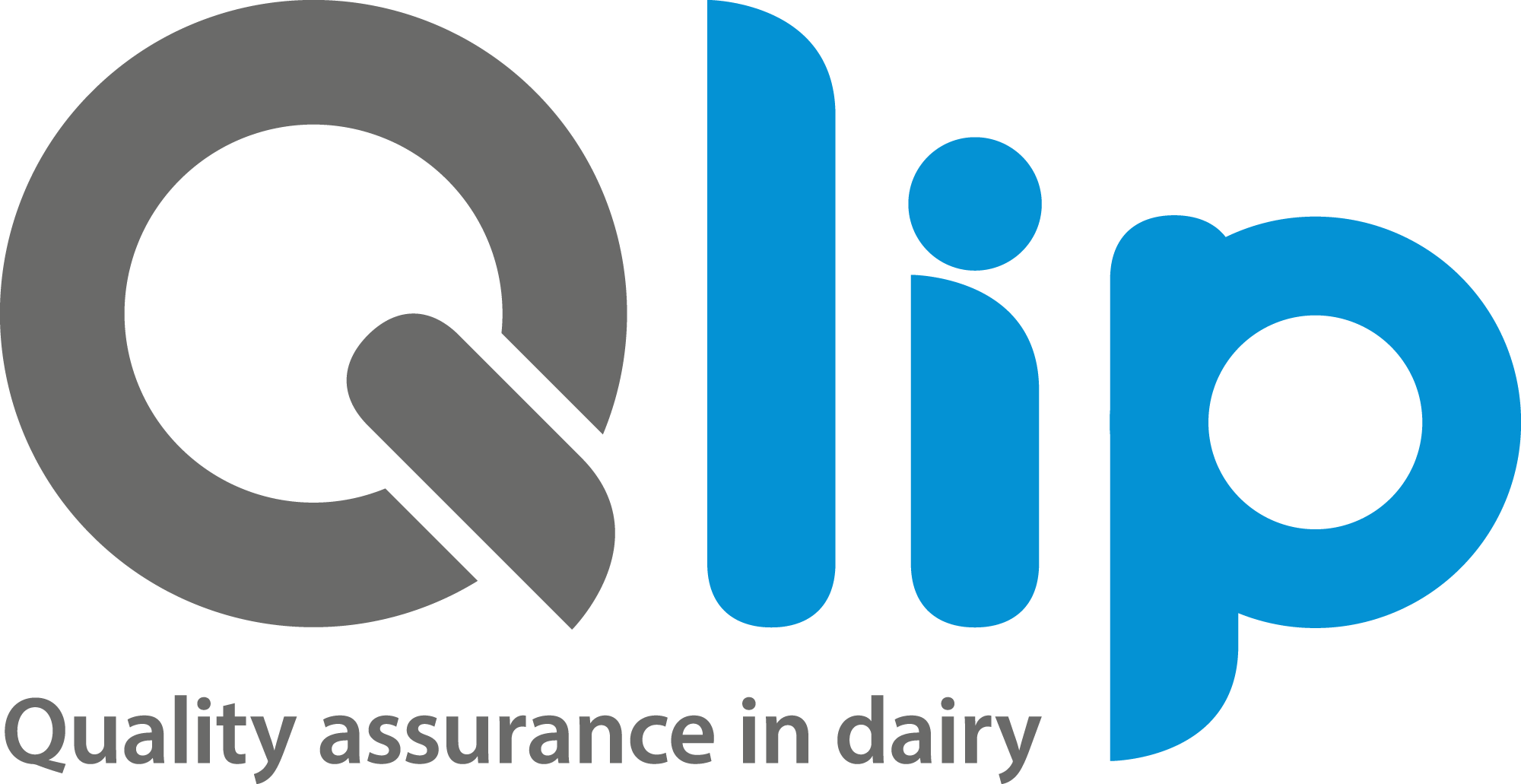
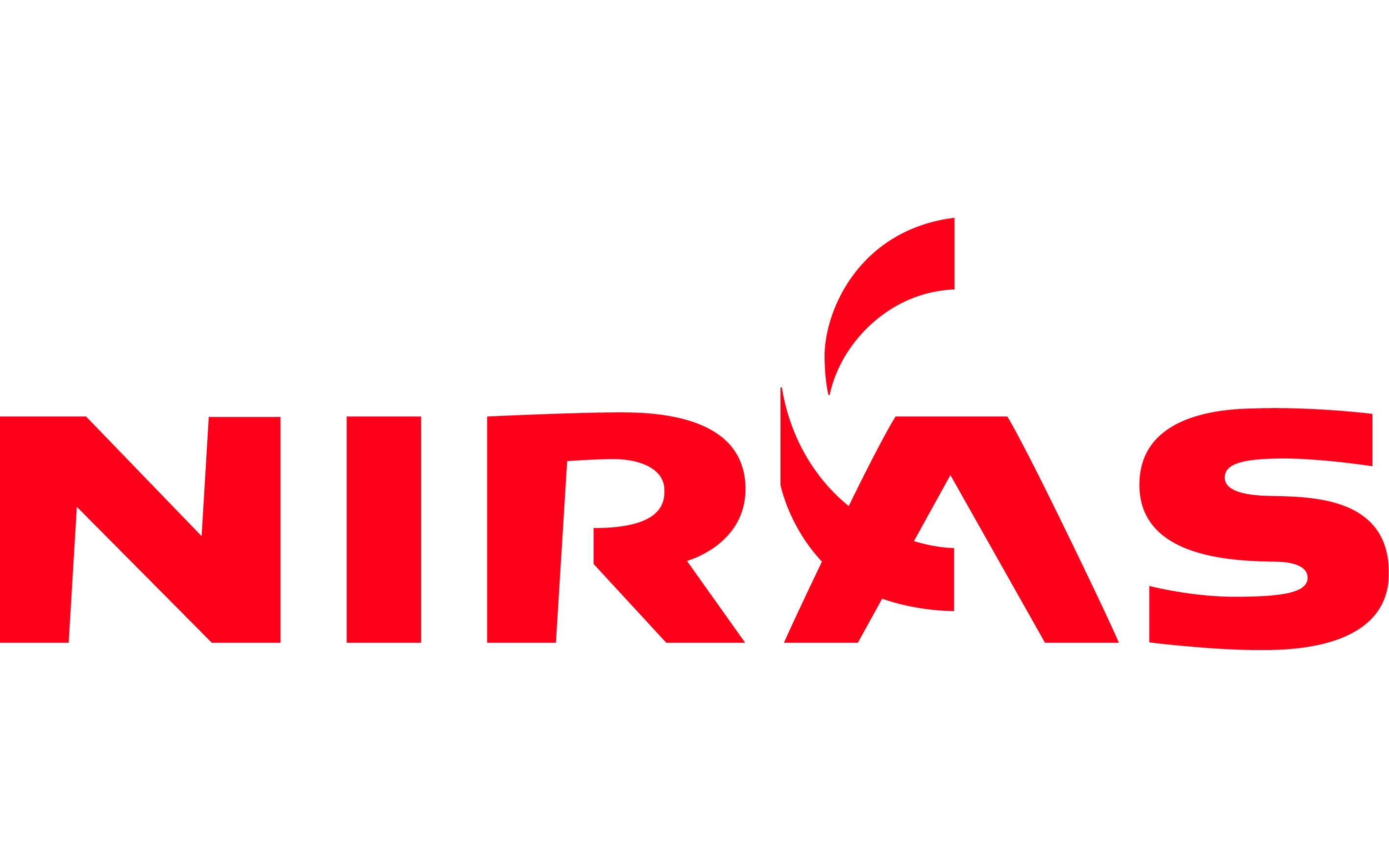









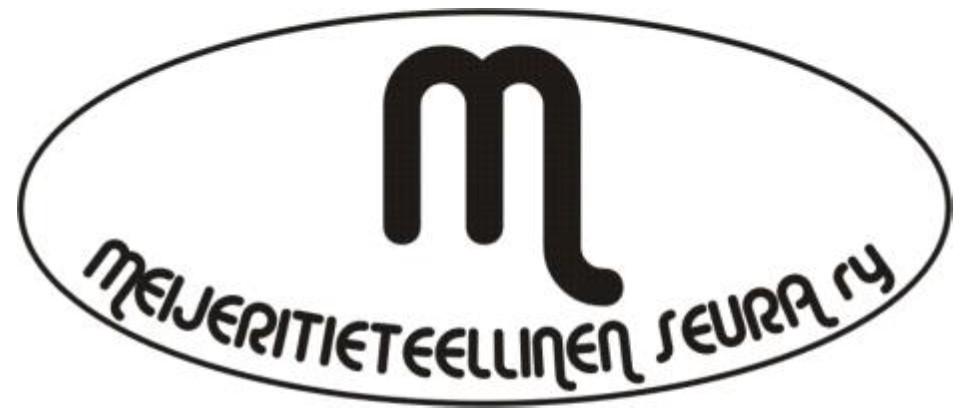
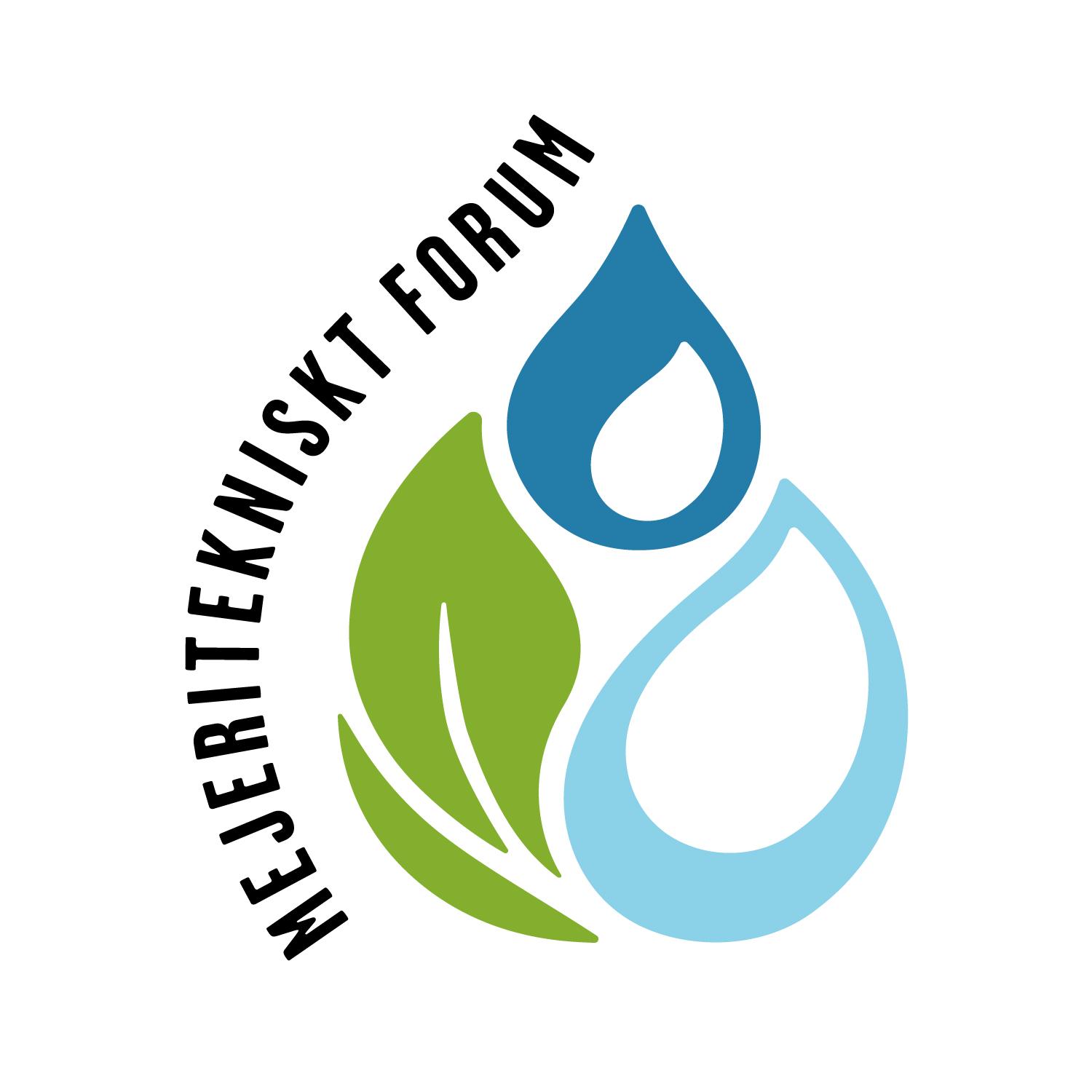
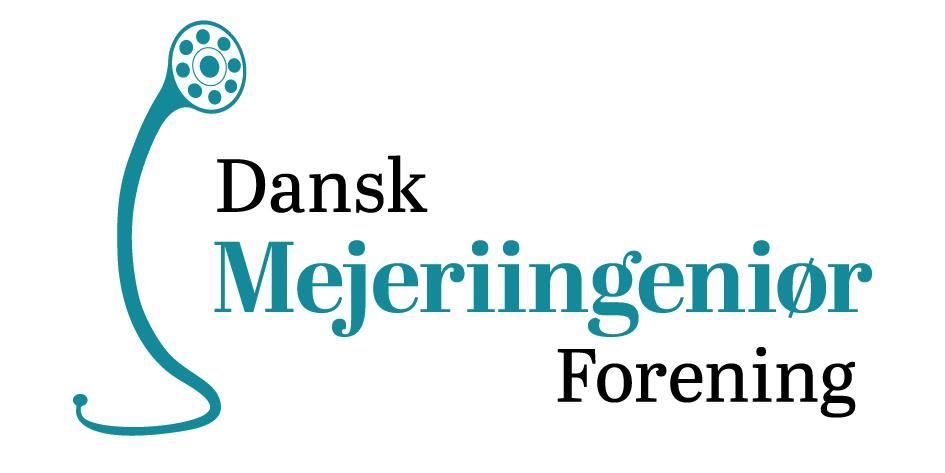
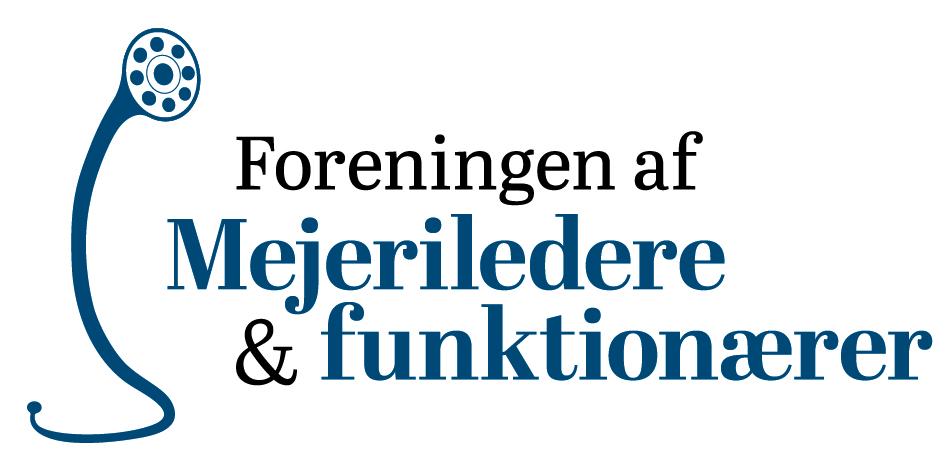



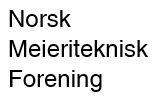
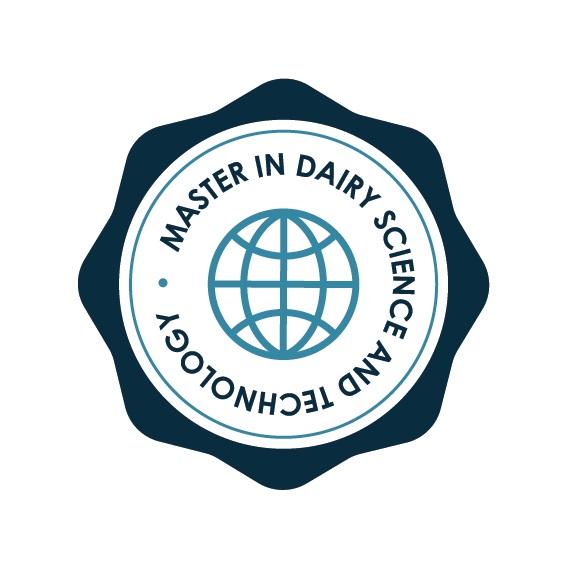


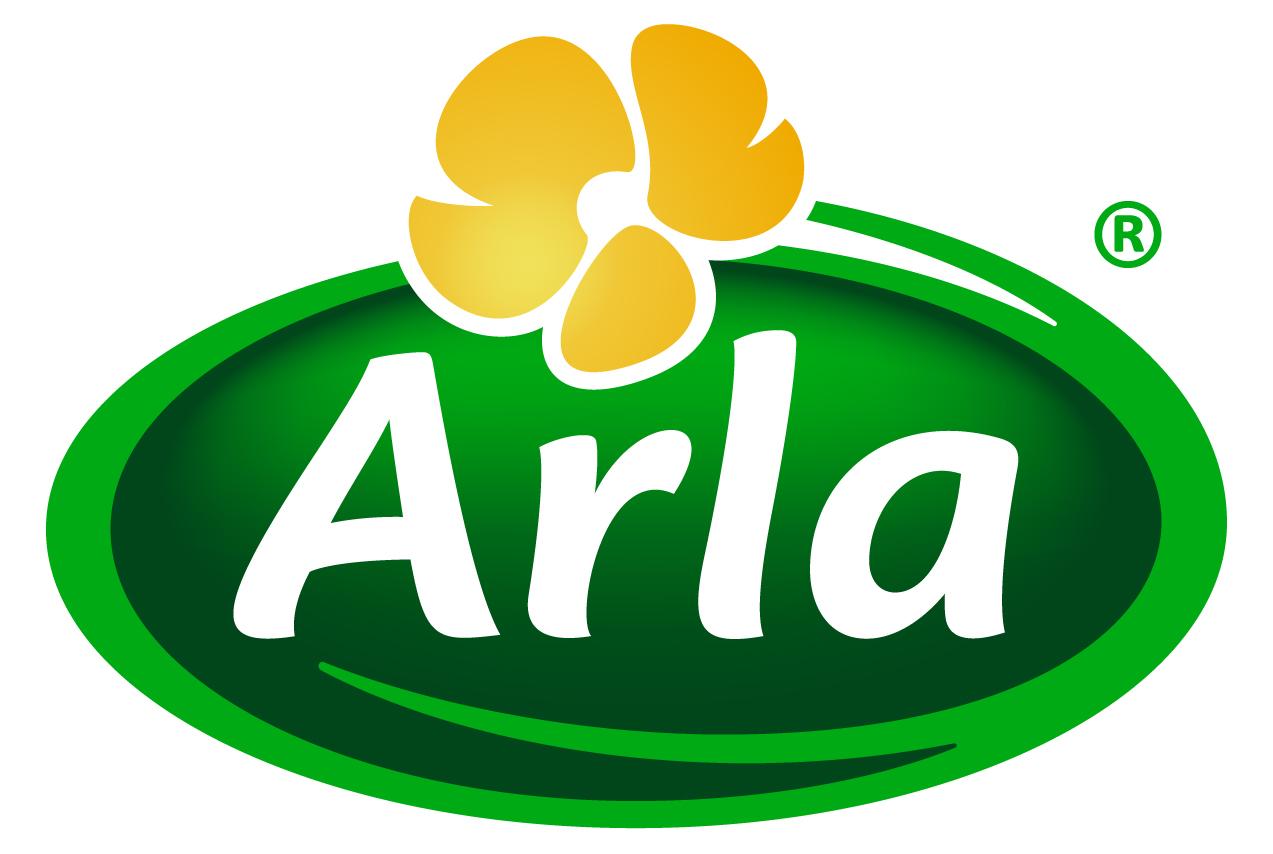

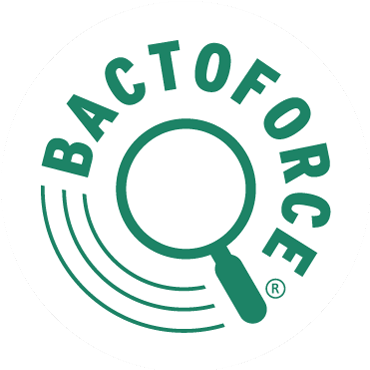

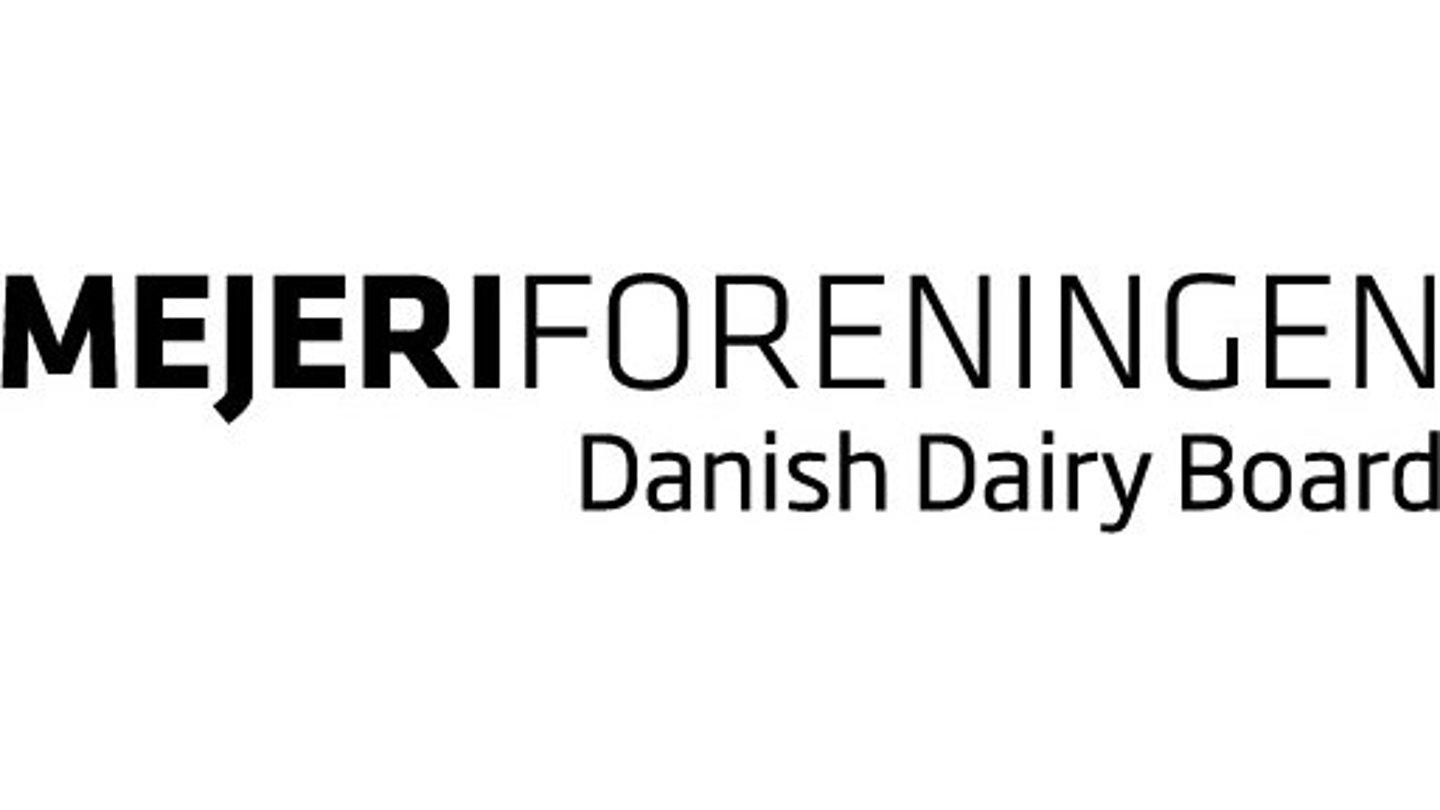
 Munkehatten 28
Munkehatten 28